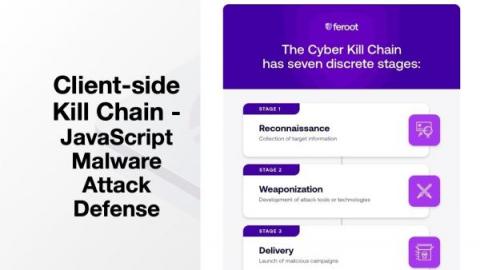3 Reasons Why JavaScript Security Is Important When Using Third-Party Code in Web Frameworks
Modern web frameworks can simplify the web application development process dramatically, facilitating innovation and saving time. However, their use can come at a steep price if the framework contains vulnerable or malicious third-party code. JavaScript security can help protect against the dangers of third-party code making it key for use in web frameworks.











